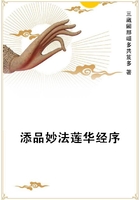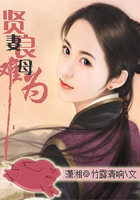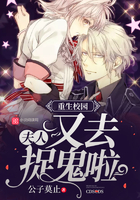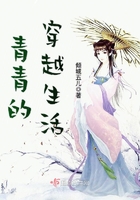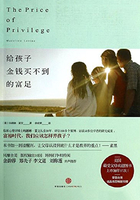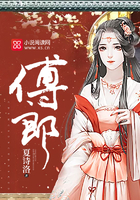Ancient Varieties. Ancient ware, dug from ruins and graves, is exceedingly rare and commands a high price. There are three distinguishable varieties, among others, that denote comparative age. The earliest type is of the corrugated ware, in which the thumb and finger marks, denoting the pressure of the coils, one upon another, are clearly in evidence. Some pottery was made in basket matrices, and marks of the basket are clearly outlined upon the outside of the vessels so made.
The second type is the plain black and white ware, and the third is the red ware painted with black designs.
Both ancient and modern ware, the latter in large variety, may be seen and purchased at the Hopi House.
Navaho Silverware. Of equal interest is the making of silverware by the Navaho peshlikai, or silversmith, whose primitive forge is in the first room entered at the Hopi House.
Fondness for Silver. The innate desire of a primitive people for personal adornment early led the pueblo Indians to a use of metal. When the Spaniards and Mexicans came among them, the iron, brass and copper of the conquerors were soon added to the dried seeds, shell beads, pieces of turquoise and coral they had hitherto used. But silver has ever been their favorite metallic ornament. Long ago they formed an ideal in the Spanish don or Mexican vaquero, with his personal apparel adorned with silver, his horse's bridle trapped out with silver belts, buckles and buttons, and his saddle and its equipment studded with silver nails and other fanciful expressions of adornment. From the Mexican and the pueblo Indian he rapidly picked up the necessary knowledge, and practice soon gave the skill to fashion the silver into every desired shape.
Navahos Used Silver Three Centuries Ago. Cushing contends that the Zunis knew how to smelt metals before the Spanish conquest, but the statement is strongly disputed. There can be no question, however, but that the large use of silver ornaments by both pueblo and Navaho Indians dates from three hundred and fifty years ago, after Coronado's conquistadores had found out that this was no land of gold and precious metals, as was Peru.
In almost every pueblo of Arizona and New Mexico, and in many a Navaho hogan, one may find the primitive silversmith at work. There is no silversmith's shop, but generally in a corner of the quaint pueblo house, or in an adjunct to the Navaho hogan, the worker quietly pursues his important avocation; for in a community whose members have no other metallic arts, the silversmith is an important man, and sees to it that his profession is regarded with the high dignity it deserves.
Method of Working. With a rude mud forge,--the bellows of which, though primitive, is as ingenious as any patent bellows invented,--a hammer, a piece of railroad steel for an anvil, a three-cornered file, one or two punches, a crucible which he understands how to make as well as the best metallurgist in the land, and a bit of solder, he goes to work. Sometimes he runs his melted Mexican dollars into primitive moulds; again he hammers the metal into the shape he requires. He creates rings, some of them containing rude pieces of turquoise, garnet, etc., well designed bracelets, belt-disks, large and small silver buttons (some of which are admirably adapted for belt-buckles), earrings, necklaces, crosses, beads, bangles, clasps of silver for bridles, etc.
Ornaments and jewelry. The two most cherished objects are the waist-belt and the necklace, though far more rings and bracelets are to be found. But this is on account of the great expense of the former. The waist belts generally consist of eight moulded plates, either circular or oval, with filleted border and scalloped edges, each plate weighing from two to four ounces. These are punctured in the center, or a small band is soldered to the back, to admit of their being threaded upon a long and narrow belt of leather, the ends of which are fastened with a buckle. Both men and women wear these, and they are highly prized as ornaments by both sexes. The necklaces are equally in vogue, the designs being principally hollow beads, crosses, and ornaments representing pomegranate blossoms. The silver bridle is also an object of great esteem. It is made of curiously designed, heavy clasps of silver, fastened upon leather, with numberless buttons shaped from coins. Many of these weigh not less than fifteen ounces, and some as high as forty, hence their value can be readily estimated.

